What's the difference between coffee from the Red Cherry Project and coffee beans from the non-Red Cherry Project?
There are mainly eight major producing areas of Ethiopian coffee, namely: Lekempti, Limu, Illubabor, Djimmah, Harar, Teppi/Bebeka, Sidamo, Yirgacheffe.
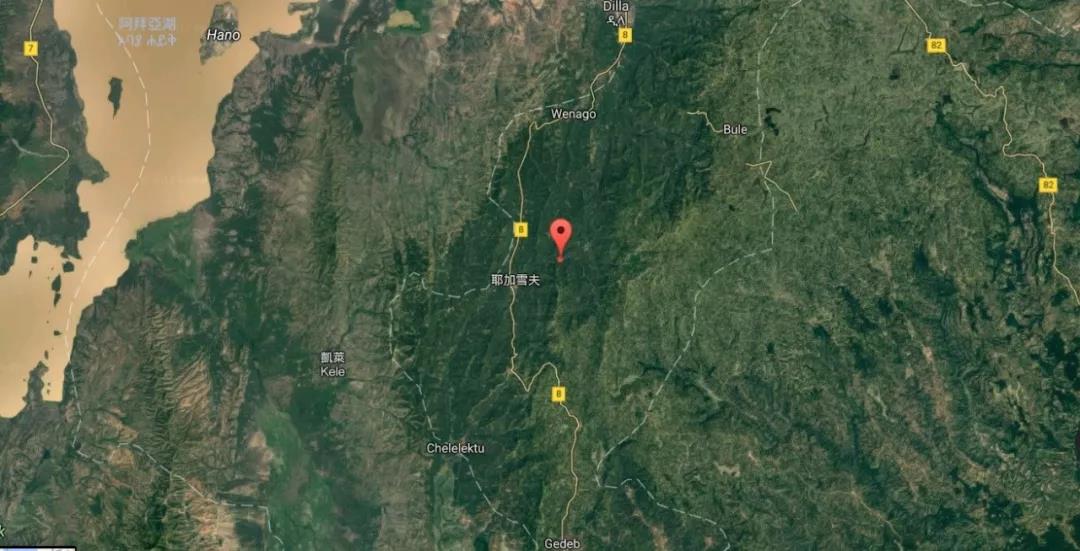
Yega Xuefei is a small town in Ethiopia, 1700-2100 meters above sea level. It is one of the highest coffee producing areas in the world and is synonymous with Ethiopian boutique coffee. Lake Turkana, Lake Abaya and Lake Chamo bring rich water vapor here. The Rift Valley, represented by Misty valley, is foggy all the year round, like spring all the year round, with a gentle breeze, cool and humid, and thousands of coffee trees thrive, giving birth to the unique and unpredictable atmosphere of Yejia Xuefei's unique fragrance of flowers and fruits.
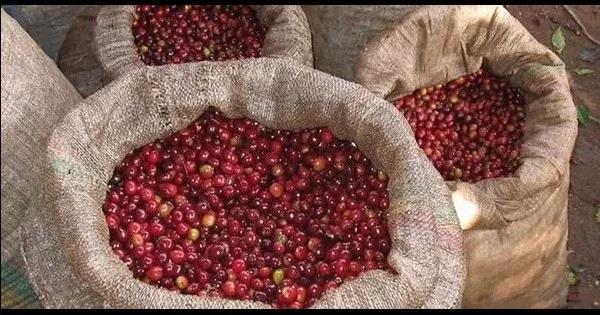
At first, Yejassefi's coffee trees were planted by European monks (a bit like Belgian monks growing wheat to brew beer), and later by farmers or cooperatives. Coffee trees are naturally scattered in forests, countryside and backyards. During the harvest season, the Ethiopian Coffee Trading Company will go to town to buy coffee beans collected by farmers and eventually sell them under the brand name "Yega Xuefei".
| Why is it called Red Cherry?
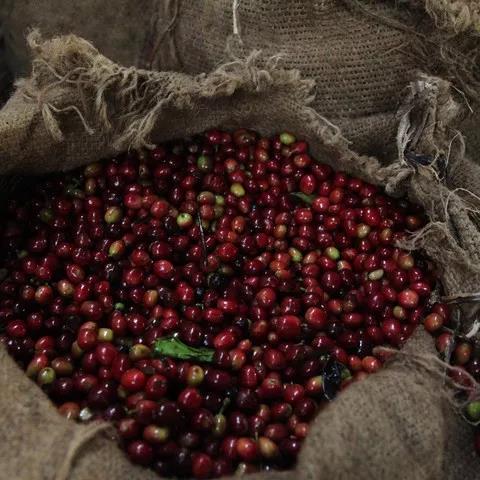
There is a project in Ethiopia to improve the quality of small-scale farms, called the Red Cherry Project, or OCR for short. In order to improve the income of Ethiopian coffee farmers and improve the living standards of the local people, in 2007, Trabocca, a Dutch trader, launched the "OPERATION CHERRY RED PROJECT" Red Cherry Project with farmers from the producing areas. It is purely to encourage farmers to improve the quality of coffee beans. At the beginning of the harvest season in the producing area, Trabocca will specify a harvest plan for the microclimate area to harvest 100% ripe red coffee cherries by hand, with a yield of about 1500 kg-3000 kg.
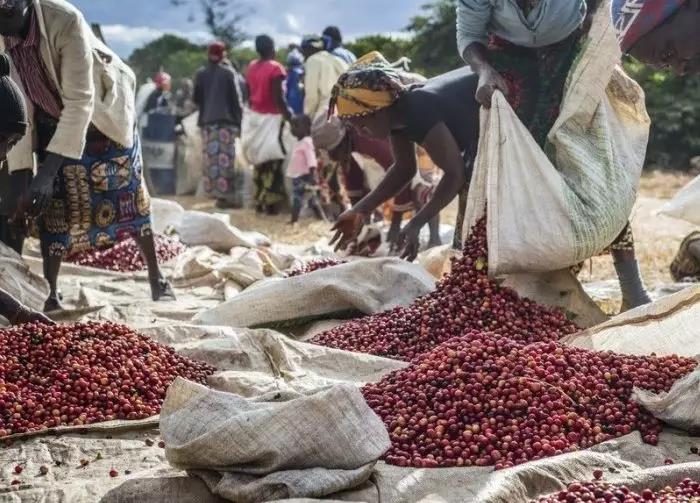
The red cherry project is also a reinforcing method, which makes the farm pay more attention to the process of selecting beans. The prices of these coffee are also relatively high. Red cherry operations include washing, sun-drying beans, half-washing, half-sun, experimental coffee and so on. The main producing areas are Yegashifi, Sidamo, Penga Forest, Lekanti, Ken Bata, Iruba, Hara, Lim, joining Coroja Golocha in 2011 (near Harald), etc. These are unique flavors and can fully show the flavor of Ethiopian coffee. Trabocca will choose from them after receiving the coffee. Farms that have passed the cup test quality test in Ethiopia and the Netherlands will pay high bonuses. Trabocca, the promoter of the Red Cherry project, invests all the profits earned in recent years in cooperative farms. Trabocca stressed that this is an unprofitable plan, so the company only uses four people, including the boss and secretary, to implement the red cherry plan, and other administrative related matters are supported by the parent company to reduce administrative expenses, and all the profits go back to the cooperative farm.
Trabocca is the largest coffee bean seller in the Netherlands. The company has a deep relationship with Ethiopia. The founder of the company, Menno Simons, knew little about coffee until he was surprised by the unique taste of native beans on a trip to Ethiopia. At the same time, it is also engaged in the trade of other primary agricultural products, including cocoa and all kinds of fresh fruits, and is committed to finding all kinds of high-quality raw materials, paying attention to environmental protection and paying attention to the lives of farmers.
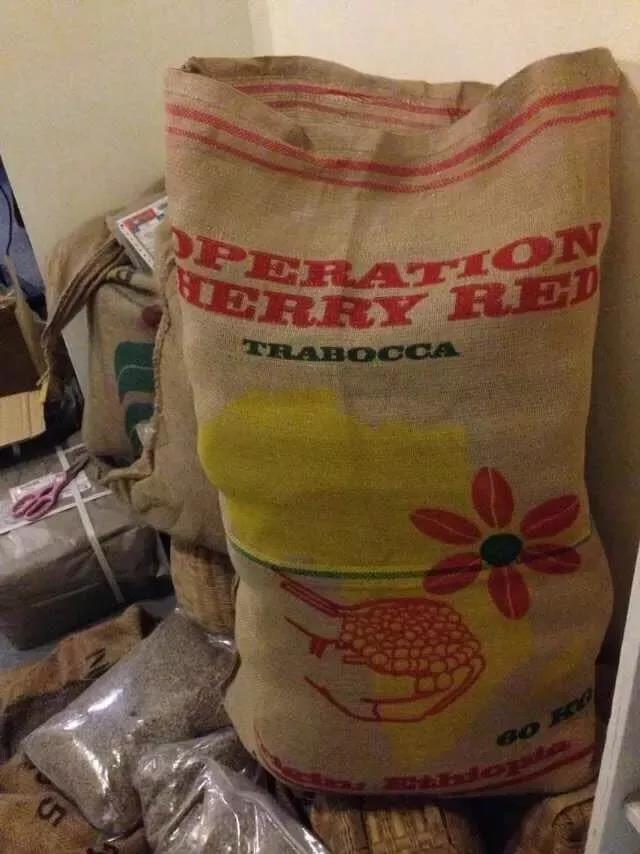
The company's vision is "Discover,Develop,Deliver". Since the founding of the company, Menno Simons has visited coffee bean producing areas, estates and processing plants across Ethiopia to discover coffee bean varieties with charming flavors. So the "Red Cherry Project" came into being.
First of all, the requirement of cup test score is high. In the Amsterdam cup test rooms of Ethiopia and the Netherlands, Trabocca will screen the coffee shipped from its origin and judge whether the coffee beans are up to standard through two cup tests in Ethiopia and the Netherlands. The coffee beans up to the standard will be auctioned by Trabocca to coffee buyers around the world. Generally, the transaction price of coffee beans auctioned through this platform can reach more than 4 times the spot price of international coffee, and the highest even reaches 20 times.
Secondly, the requirement of output is small and the requirement of quality is high. In order to have enough energy to take care of the top beans in Ethiopia, Trabocca suggested that the beans involved in the program must be in small batches, probably between 1500kg-3000kg.
Finally, Trabocca has paid much attention to this project because of its great investment and attention. Trabocca donated new sun drying racks, sunshade nets, generators and so on. At the same time, it also provides financial loan support, new hardware equipment and production processing knowledge and technology to help farmers improve their production level. In addition, through real-time monitoring and safe transportation, we can ensure that the beans of the "Red Cherry Project" can be taken care of in every link.
Specifically, Red Cherry plans to increase the purchase price of high-quality raw coffee beans to encourage coffee farmers to pay more attention to every process of picking and processing coffee beans. The coffee beans produced in this way are of better quality and taste, and can be better recognized in the end market, thus balancing the relatively high purchase price of coffee.
Altland Manor-Red Cherry Project
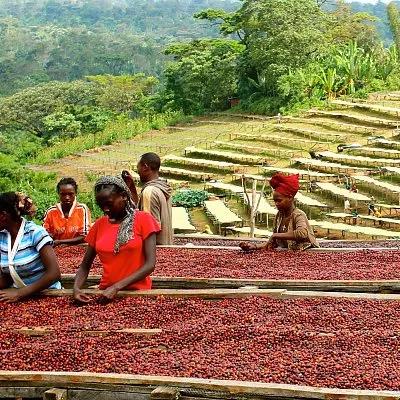
The average planting area of each small coffee farmer here is about 0.6ha, which is composed of hundreds of coffee growers with an altitude of nearly 2000 meters, a large climate difference and fertile soil, which provides an excellent growing environment. The raw bean itself exudes a strong aroma of raisins and fermented wine. The nearly yellowish-brown beans are actually small and slender, but the weight on the hands is very solid. After baking, we find that the bright berry aroma, or rich chocolate-like aftertaste, makes this bean have an eye-catching performance whether it is light baked or deep baked.
| | Aricha processing plant-non-red cherry project |
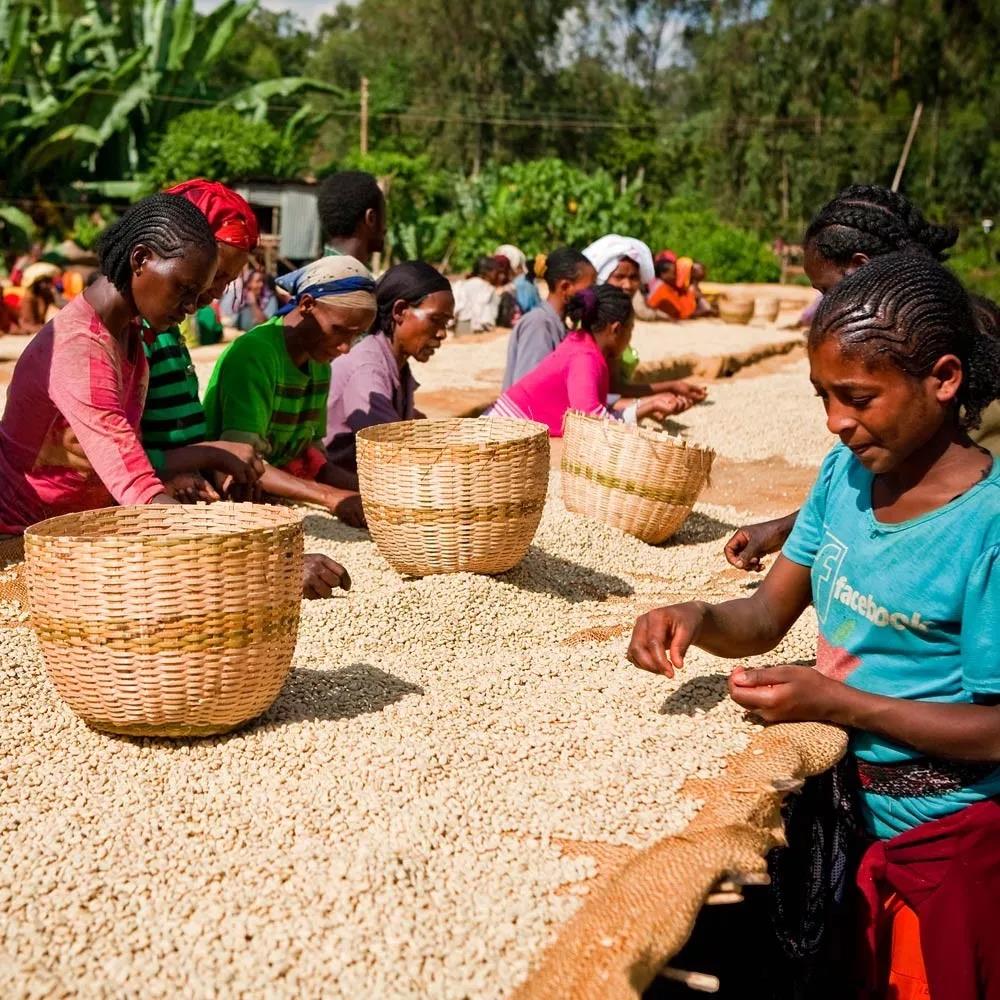
There are many high-quality coffee processing plants in the Yegashafi region, and a lot of caffeine comes from these processing plants and becomes more expensive. One of them is Kebel Aricha Mill Sunshine Yegashafi, which is also what we often call ARICHA beans. It is rated as Gr.1 or G1 (the highest grade of Ethiopian coffee) by ECX through exquisite sun treatment by Kebel Aricha processing plants, and is known as the "king of fruit".
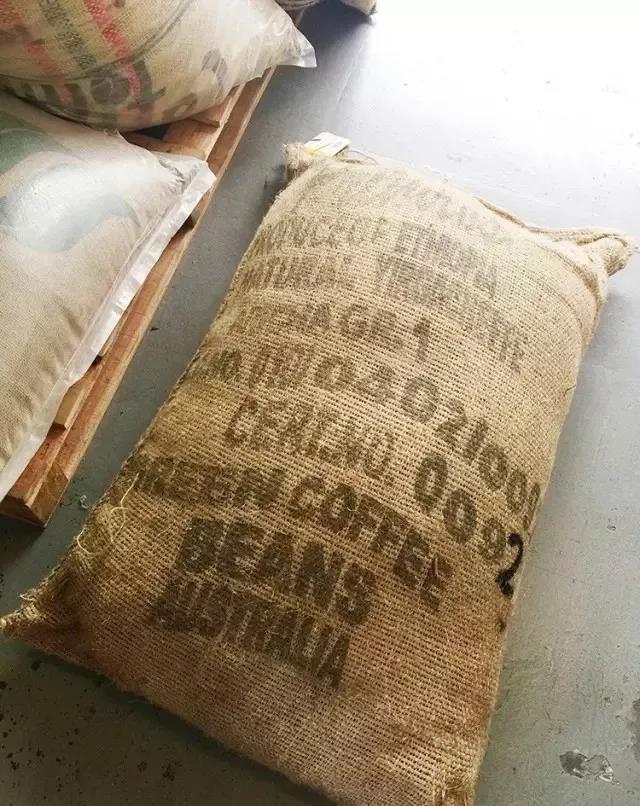
After screening the available coffee cherries, the treatment factory puts the whole coffee cherries with intact pulp and peel in the elevated shed for sun treatment, which is a way of putting in high-intensity human labor, isolating contact with the ground, preventing the miscellaneous smell of soil in the process of sun exposure, and creating an unusually clean fruit flavor. After more than two weeks of sun exposure, the dark brown coffee fruit is stored professionally, waiting for the whole flavor to ripen. Before shipping, the processing plant will take the coffee beans out of the coffee cherries, and the sweetness can be imagined.
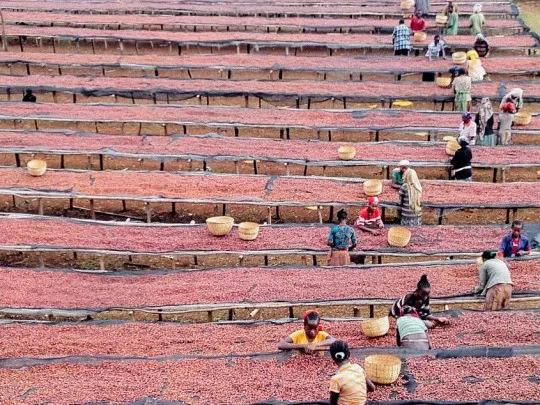
| | comparison of raw beans |
Yejia Xuefei body variety is a local native species, small grain species, the appearance is more round, the bean body is very small, mostly between 14-15 orders.
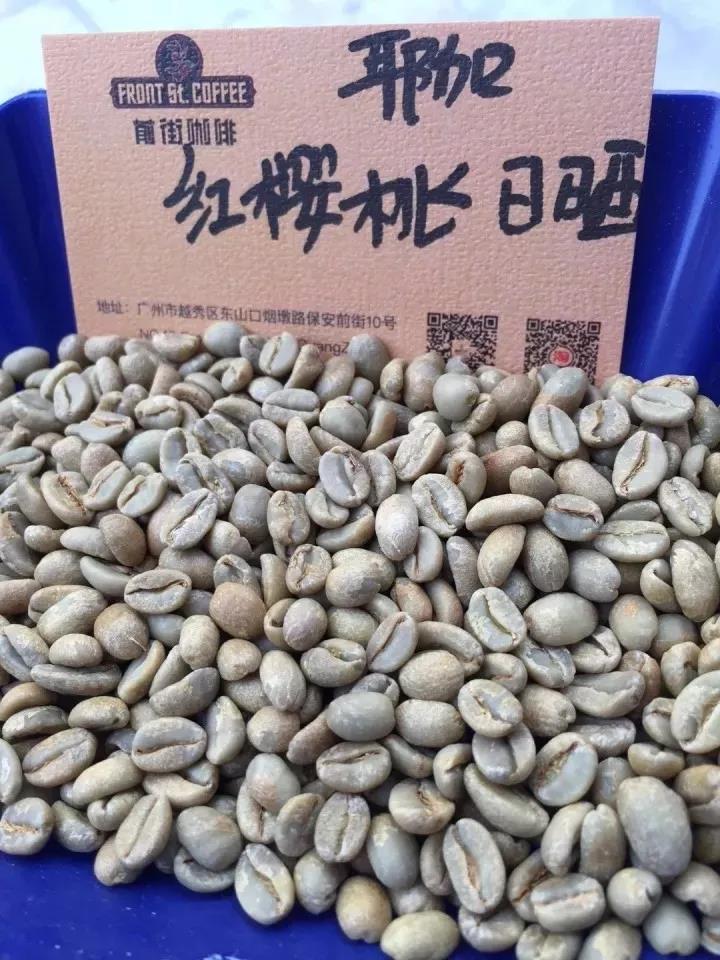
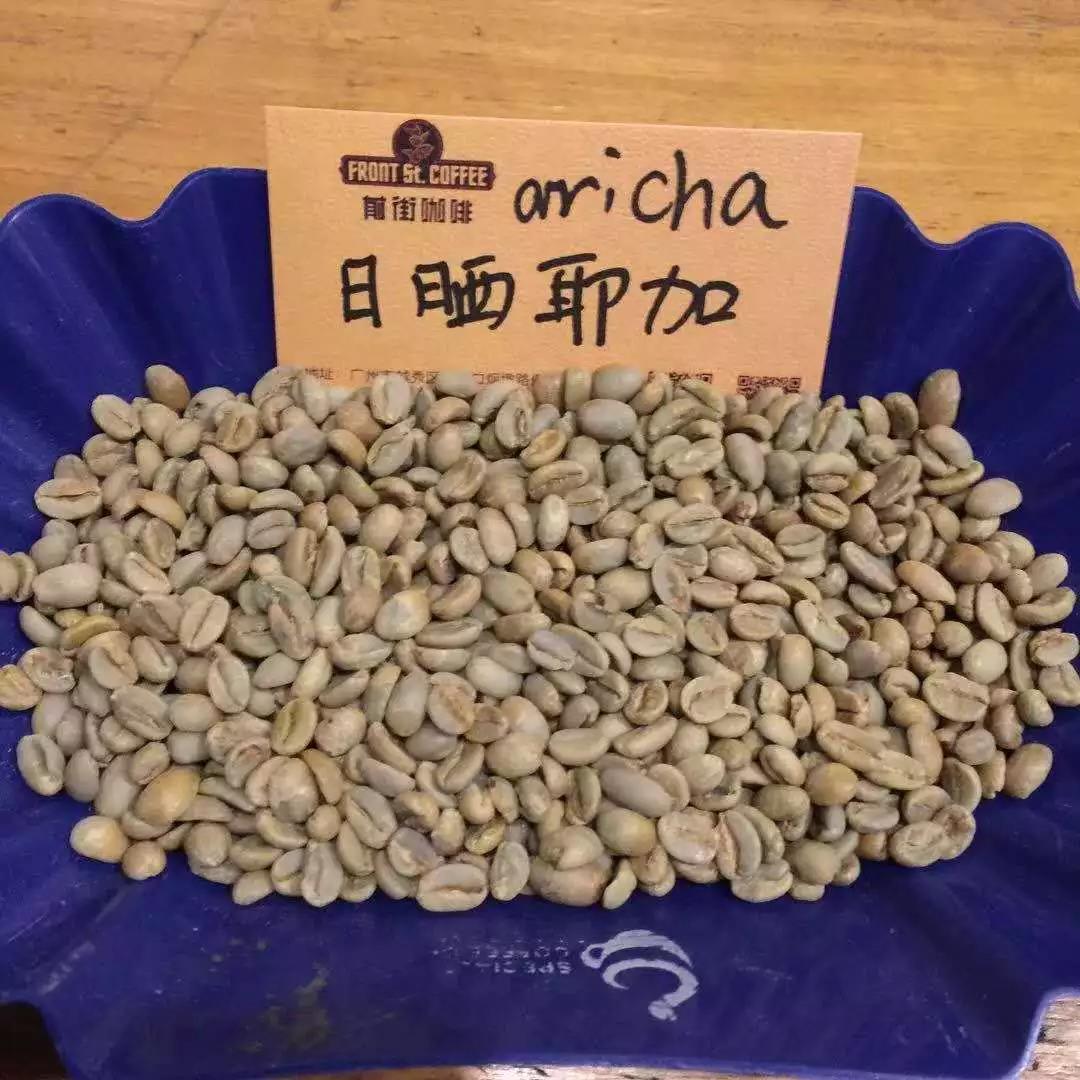
Red cherry and aricha belong to the G1 level, from the raw beans are yellow and green color, is a typical sun-cured coffee color, the particles are uniform and full, less defective beans.
| | comparison of baking |
[red cherry]
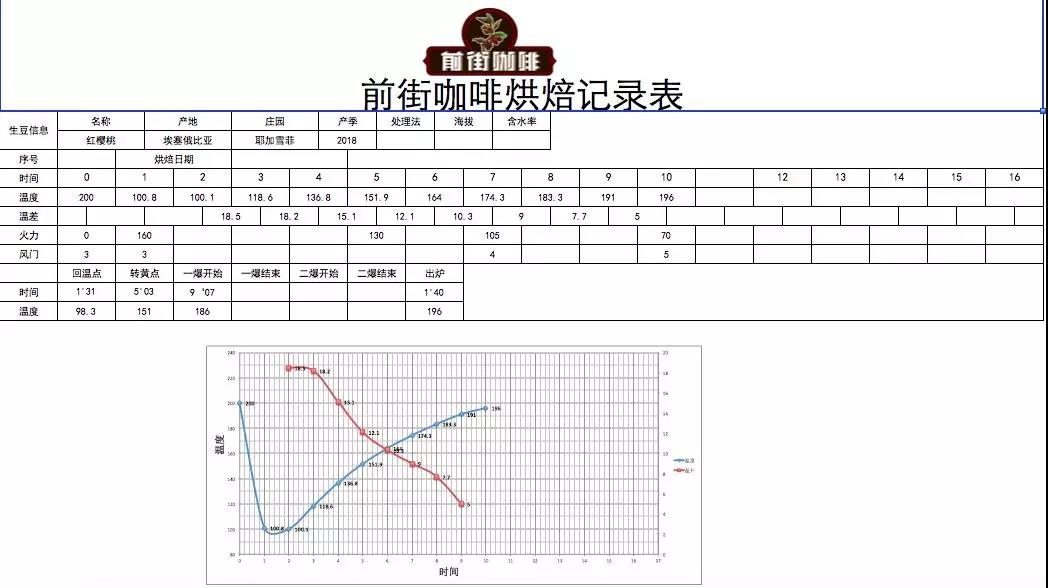
Using quick-frying mode, the furnace temperature is 200 degrees Celsius into the pan, the throttle is set at 3.5 degrees Celsius and the firepower is adjusted to 160 degrees after 1 minute, the throttle is unchanged, the firepower is adjusted once at 148 degrees, it is reduced to 130 degrees, baked to 5: 03 ", the temperature is 151 degrees, the bean table turns yellow, the smell of grass disappears completely, dehydration is completed, the firepower is adjusted to 105 degrees, and the throttle is opened to 4 degrees.
In the 8th minute, ugly wrinkles and black markings appear on the bean table, and the smell of toast obviously changes to the smell of coffee, which can be defined as a prelude to an explosion. At this time, listen clearly to the sound of the explosion point, start to explode at 9: 07 ", adjust the firepower to 70 degrees, and the throttle is fully open (the firepower should not be so small as to be free of bursting sound). Put the pot at 194 degrees.
[Aricha]
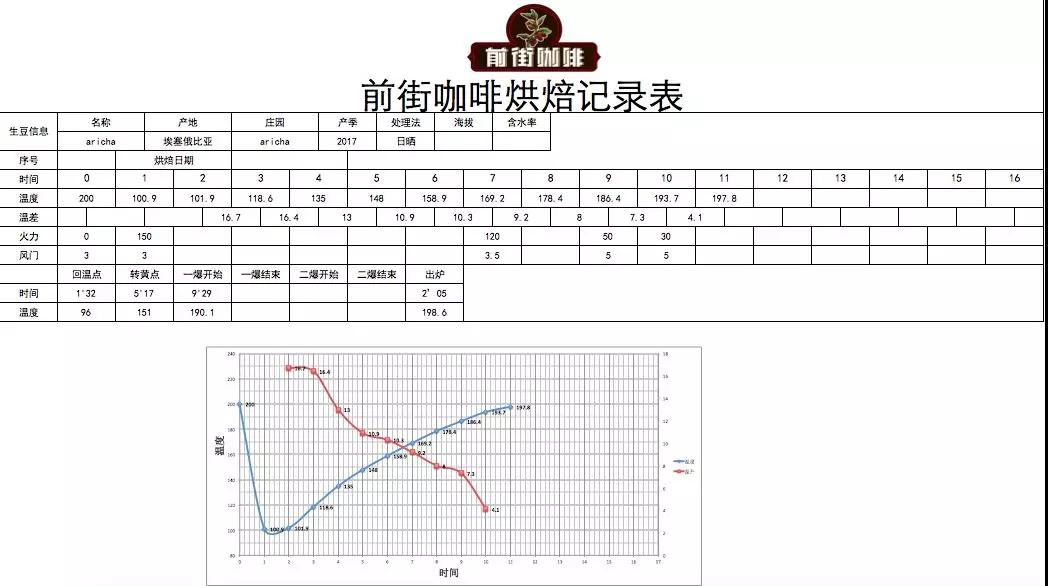
Using quick-frying mode, the furnace temperature is 200 degrees Celsius into the pan, the throttle is set at 3 degrees Celsius for 1 minute, the firepower is adjusted to 150 degrees, the throttle is unchanged, the firepower is adjusted to 170 degrees, the firepower is reduced to 120 degrees, baked to 5: 17 ", the temperature is 151 degrees, the bean surface turns yellow, the smell of grass disappears completely, dehydration is completed, the firepower is adjusted to 50 degrees, and the throttle is opened to 5 degrees.
The smell of toasted bread has obviously changed to the smell of coffee, which can be defined as a prelude to an explosion. At this time, it is necessary to listen carefully to the sound of an explosion point, to 9: 29 "start an explosion, adjust the firepower to 30 degrees, the throttle is fully open (adjust the firepower to be very careful not to be so small as to be free of bursting sound), and put it in the pot at 198.6 degrees.
From the baking curve, the baking curve of red cherry is smoother, while Aricha is more tortuous, this is because the bean maturity of Aricha is not as uniform as that of red cherry, so we slightly prolong the dehydration time of Aricha, making the overall color of Aricha more uniform and fuller.
On the other hand, the maturity of red cherries is more uniform and the flavor is clean, so we adopted light baking to retain more floral acidity and fermented aromas of ripe fruits.
Although the baking temperature and development time of Aricha is longer than that of red cherry, the temperature of red cherry is higher than that of Aricha, which makes it full of sweetness and aroma. Although the time after the explosion of Aricha is long, but the temperature is not high, so a certain type of flavor will be relatively strong, but the whole is slightly thin, but the advantage of baking in this way is that it looks good and can get a cleaner flavor.
| | Cup test comparison |
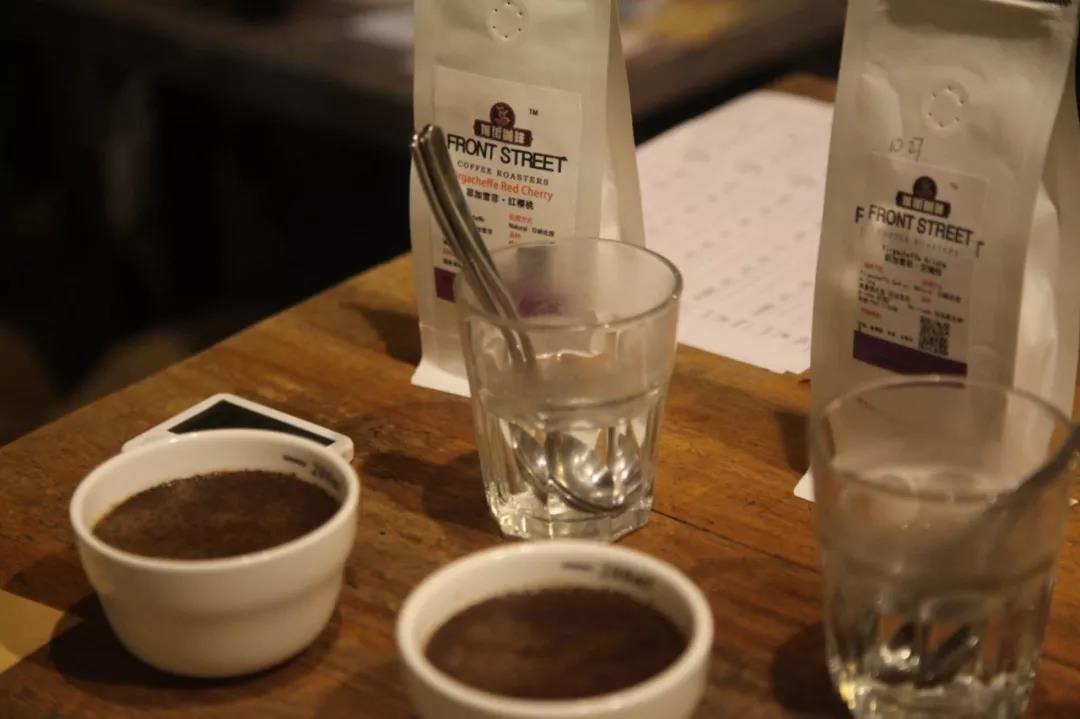
Red cherry: strawberry, berry, cream, spice, almond, oolong tea
Aricha: fermented fruit, apricot, cedar, berry, black tea
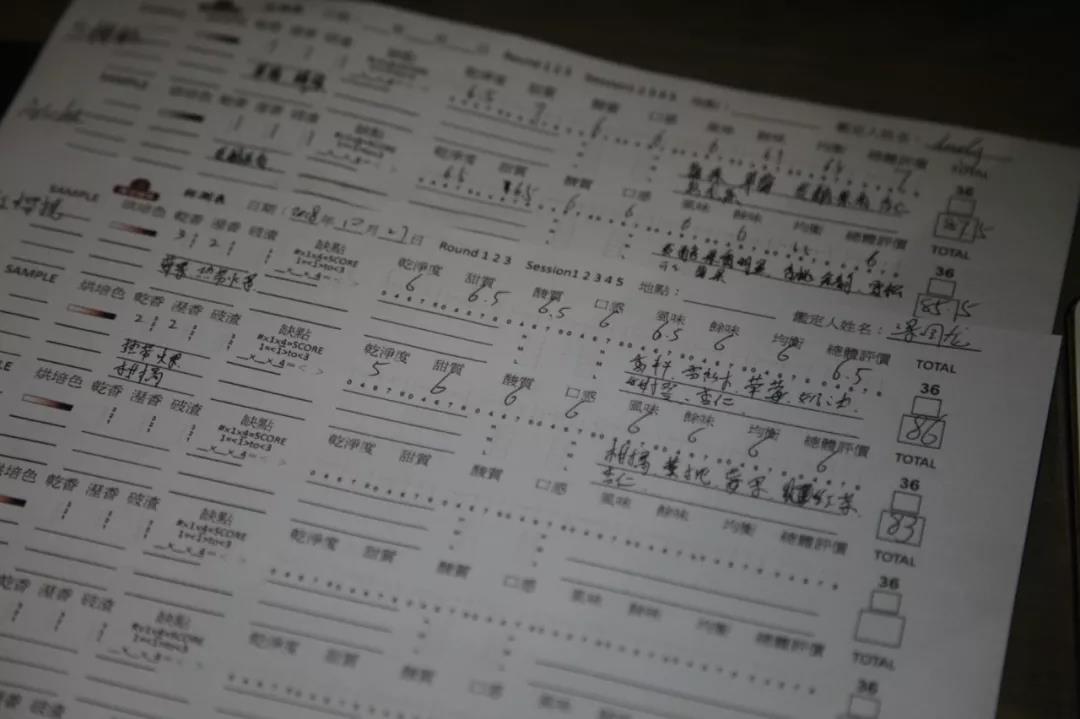
In fact, the flavor of the two beans is quite similar in the cup test, both have a strong sense of sweetness, and show a soft and clean temperament as a whole. But the aroma of red cherry is cleaner and higher, while Aricha is more dull. The berry flavor of red cherry is more obvious, with some oolong tea finish, while the aroma of Aricha is relatively fresh, with apricot and black tea aftertaste.
Although in terms of raw beans, there is not much difference between red cherry planned coffee beans and non-red cherry planned coffee beans, there is an obvious difference between roasted and cup tested. because the maturity of the red cherry coffee bean is more uniform, it can retain a lot of floral fruit acid when roasting. Instead of red cherry coffee beans, because of the uneven maturity, it is difficult to take into account the uniformity of baking and the fullness and cleanliness of flavor.
Important Notice :
前街咖啡 FrontStreet Coffee has moved to new addredd:
FrontStreet Coffee Address: 315,Donghua East Road,GuangZhou
Tel:020 38364473
- Prev
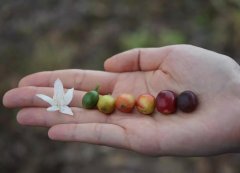
Find the right coffee flavor from the treatment method
The harvest of fresh coffee, taking Yunnan as an example, three batches of harvest time: the end of October to the middle of December for early fruit, yield is less; the middle and late December to the end of January for coffee fruit concentrated maturity period, this batch of coffee overall quality is the best; into February the rest are mostly diseased fruit, yield is also very small. Coffee fruits are harvested one by one, and the ears cannot be picked down, and the stems behind the fruits cannot be pulled down (fruits).
- Next
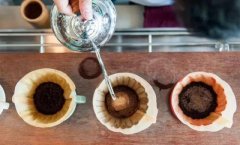
Hand punching skills | three-stage style, mixing method, one-knife flow, drip method, three warmth
Today we introduce the common techniques of hand-brewing coffee: several common techniques are: one-cut flow, three-stage type, mixing method, and spot injection method, volcanic impact, meteorite impact, Kono Chong, zigzag Chong, three warmth, and so on. Hand Chong genres are so diverse, but there is only one purpose, and there is no lack of experimental fun while getting a unique cup of good coffee. Want to cook a cup at home.
Related
- Beginners will see the "Coffee pull flower" guide!
- What is the difference between ice blog purified milk and ordinary milk coffee?
- Why is the Philippines the largest producer of crops in Liberia?
- For coffee extraction, should the fine powder be retained?
- How does extracted espresso fill pressed powder? How much strength does it take to press the powder?
- How to make jasmine cold extract coffee? Is the jasmine + latte good?
- Will this little toy really make the coffee taste better? How does Lily Drip affect coffee extraction?
- Will the action of slapping the filter cup also affect coffee extraction?
- What's the difference between powder-to-water ratio and powder-to-liquid ratio?
- What is the Ethiopian local species? What does it have to do with Heirloom native species?

